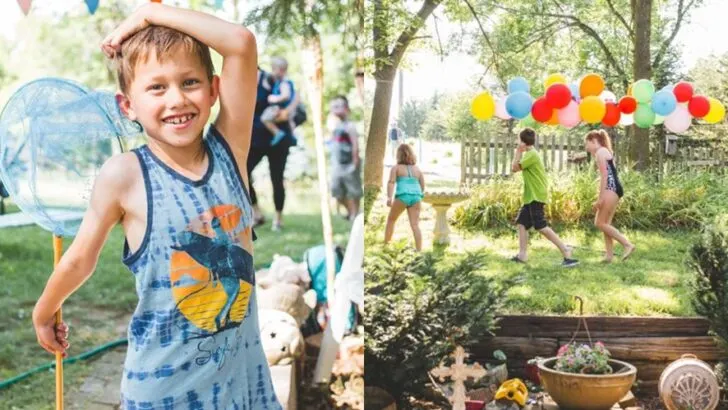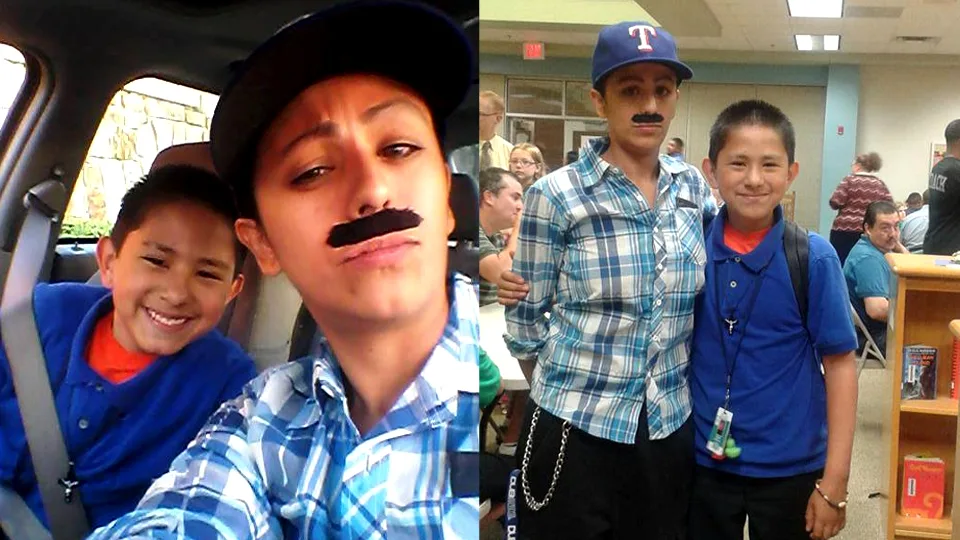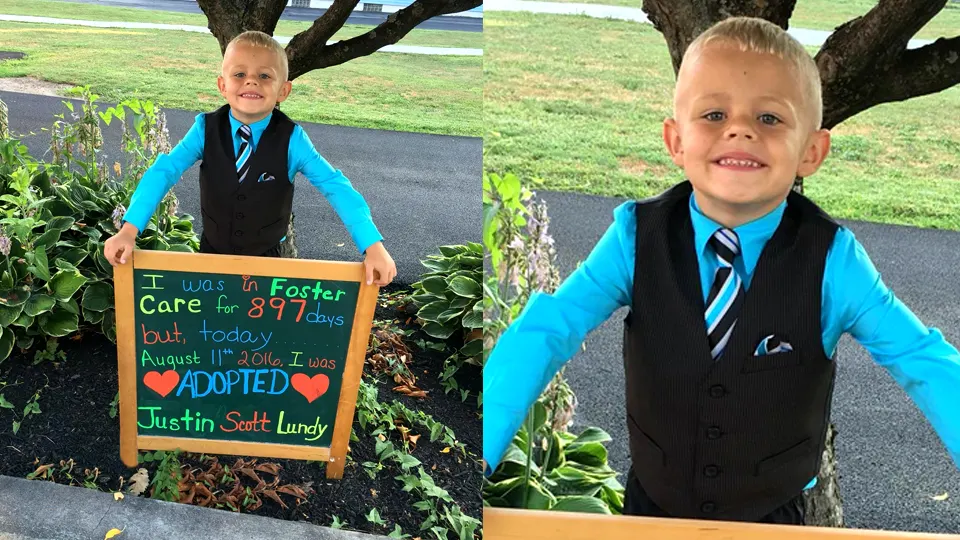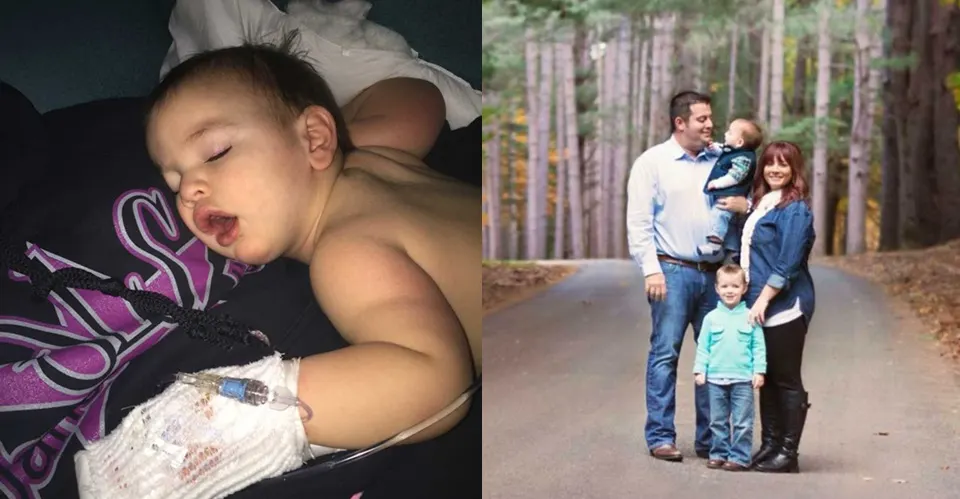It had been one of those bright afternoons that seemed too perfect to go wrong, yet somehow still did. A young boy sat quietly under a tree, watching the other children laugh and splash in the pool. He didn’t join them. His foster mom noticed him from across the yard, her attention divided between conversation and that small, silent figure beneath the branches. Deep down, she knew something was off. That moment, simple as it seemed, would settle heavily in her heart for days.
Parenting through foster trauma had taught her that emotions are rarely what they seem. Small things can become storms, and what looks like defiance can be fear disguised. That day, the storm had been over a swim shirt. His sister had packed the pool bag and forgotten it. It would have been a minor inconvenience for most kids, barely worth a mention. But for him, the thought of taking off his shirt sent him into quiet panic. Something deep inside him resisted. Foster trauma often hides behind little moments like that, where logic doesn’t match the emotion. And in her impatience, the foster mom gave him an impossible choice: swim without the shirt, or sit out.
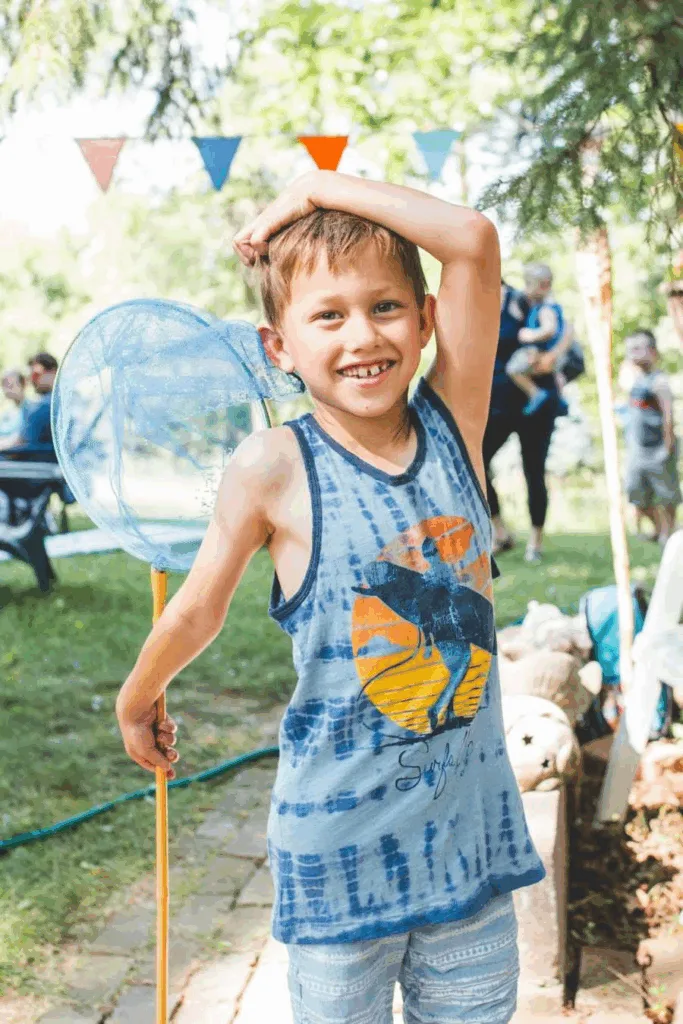
He chose to sit out. He had been five when he came into her care, a small boy with big eyes and a history that showed up in ways words couldn’t explain. He’d been left with people who weren’t safe, and his sense of comfort and control had been shaken early in life. That’s the tricky thing about trauma parenting; it doesn’t follow rules. A shirt isn’t just fabric, a meltdown isn’t just misbehavior, and a quiet child under a tree might be holding back a tidal wave of old fears.
Driving home that night, she couldn’t shake the image of him sitting alone. The other kids had splashed, shouted, and moved on. But he had stayed still, wrestling with his own ghosts while she, the one meant to help him fight them, had walked away. Parenting through foster trauma, she often reminded herself, isn’t about perfection; it’s about presence. Yet she hadn’t been present when it mattered most.
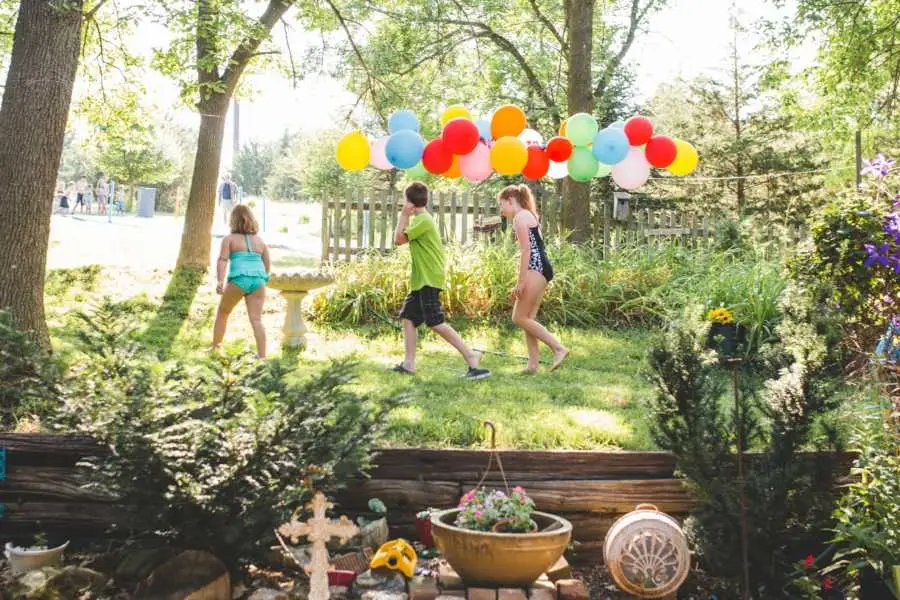
Later, when the house was quiet and the kids were asleep, regret came creeping in. She thought about how easily she could have softened that moment. She could have let him swim in his t-shirt; they were going home after all, a wet shirt wasn’t a big deal. Instead, she had chosen control over connection. It was easier to enforce rules than to meet him in his fear, easier to move on than to pause and help him process something he didn’t yet have words for.
Foster parenting, especially as a single mom, was a balancing act of patience, exhaustion, and trial by fire. Some days felt light, full of laughter and healing, and others felt like brushing teeth while eating cookies—messy and impossible. Healing didn’t come in a straight line; it came in inches, sometimes slipping backward before it moved forward again.
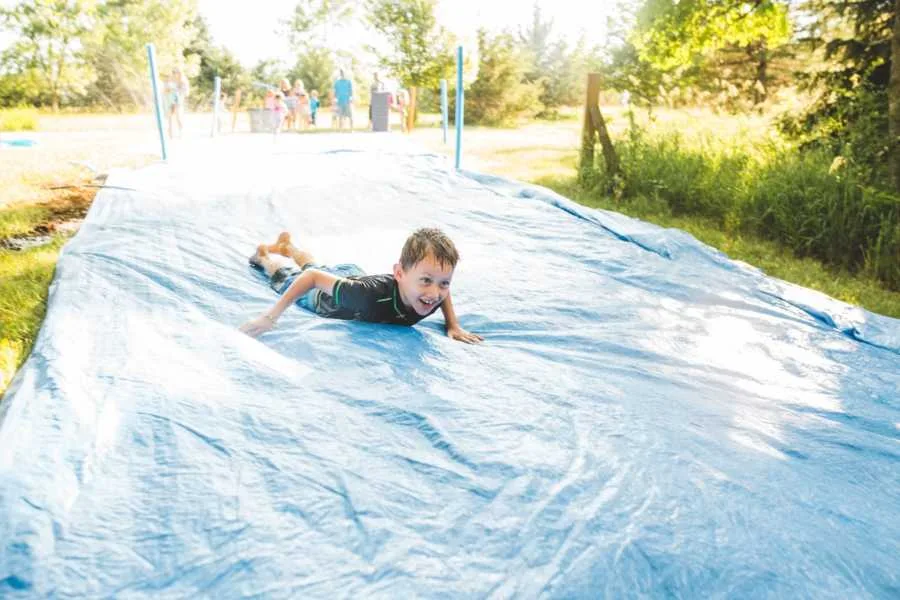
That night, she asked herself the tricky question every trauma parent faces sooner or later: was she parenting for compliance or for healing? Compliance was simpler; it kept order, quieted the chaos. But healing, that took time. It meant listening to the fear behind the behavior, even when it made no sense. Her goal wasn’t to raise children who performed well under pressure but those who felt safe enough to be themselves, scars and all. Foster trauma made that journey unpredictable, but it also made it sacred. Each moment of frustration, each missed opportunity, became part of learning to love deeper, with more grace.
She resolved to do better in the morning, not out of shame but from understanding. The boy with the swim shirt had shown her what real healing looked like: not perfect choices but patient ones. She would walk with him through the fear, even when it seemed small, because those small things often held the biggest truths. Trauma parenting, she realized, wasn’t just about helping children heal but about healing the parent, too.

